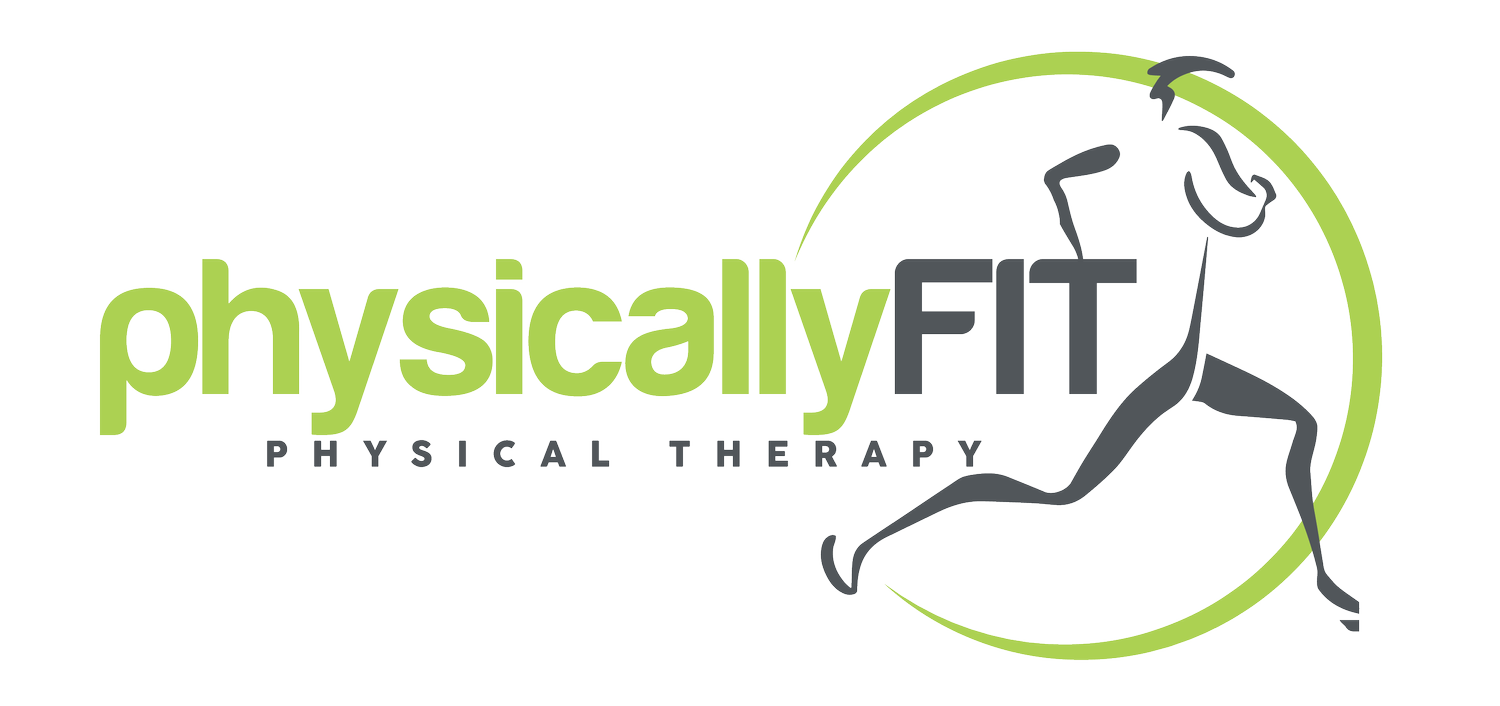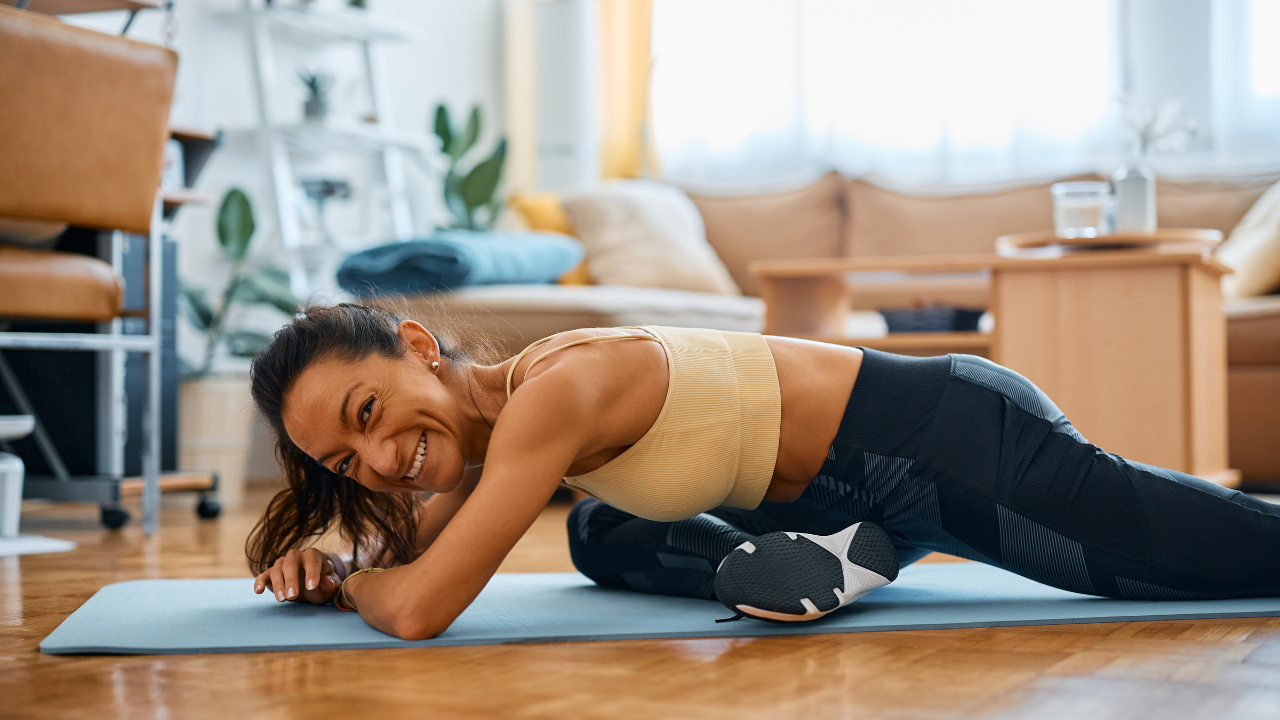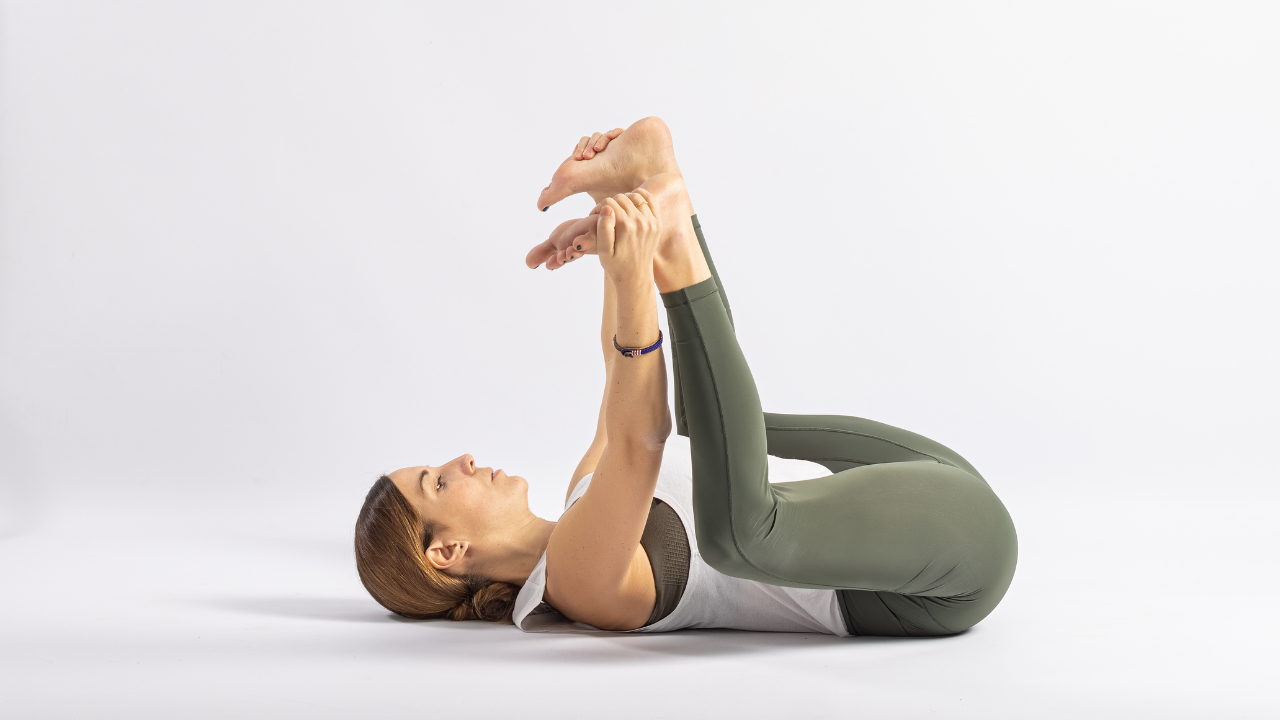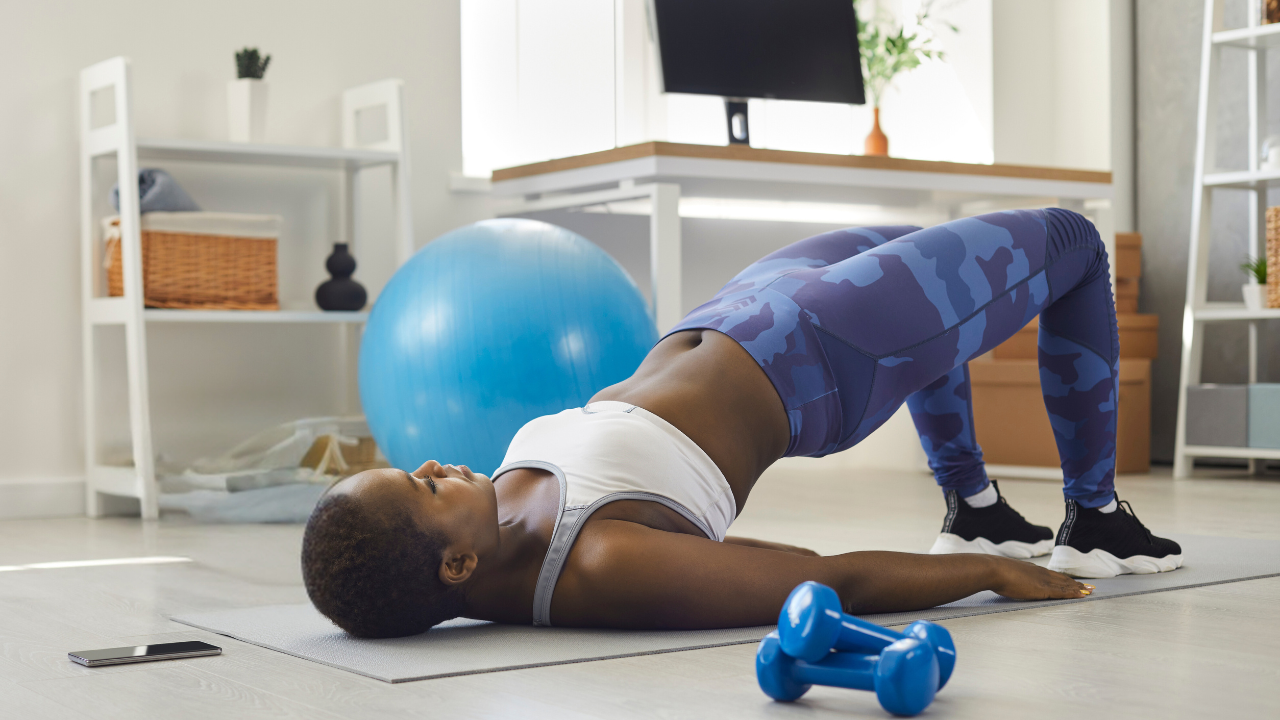Unlock Wellness with Pelvic Floor Stretches: Your Guide to a Stronger Foundation
Hello, dear readers! In this blog, we're diving into a topic that can be a game-changer for many: pelvic floor stretches and the benefits of consulting with a pelvic floor specialist. At Physically FIT Physical Therapy, we understand the importance of a healthy pelvic floor – it’s the foundation of our body’s core, crucial for movement, internal organ support, and breathing..
The Role of Your Pelvic Floor Muscles
Before we talk about stretches, let's unpack what the pelvic floor is. Your pelvic floor muscles act as a hammock, stretching across the pelvis and holding pelvic organs (like the bladder and uterus) in place. They play a key role in urinary control, bowel control, and sexual function. However, when these muscles are too tight or too weak – known as tight pelvic floor muscles or a weak pelvic floor – they can lead to discomfort and health issues like incontinence or pelvic organ prolapse.
Why Pelvic Floor Stretches Matter
Pelvic floor stretches are a gentle way to encourage relaxation and strength in this crucial muscle group. They can be especially beneficial if you're dealing with symptoms of an overactive pelvic floor or any other pelvic floor issues such as groin or tailbone pain. Let's explore some of the stretches and their benefits.
Child's Pose: A Sanctuary for Relaxation
The Child's Pose is a restful stretch that eases tension in the pelvic floor, back, and shoulders, promoting a sense of tranquility. To incorporate the Child’s Pose into your stretching routine:
Begin by kneeling on the floor with your big toes touching and knees bent, setting them apart about as wide as your hips or slightly wider for more comfort.
Exhale and lower your torso between your thighs, extending your arms forward with palms facing down.
Allow your shoulder blades to spread across your back while you rest your forehead gently on the floor.
Take a deep breath in, allowing your belly to expand, then exhale and simply focus on what feels good, encouraging your body to relax further into the stretch without forcing any contraction of the pelvic floor.
Hold this pose for 30 seconds to a few minutes, focusing on the sensation of relaxation across the pelvic girdle and ribcage with each breath.
To release the pose, use your hands to gently walk your torso back up to a kneeling position.
As you engage in this calming pose, remember that stretching should be about your comfort and relaxation, especially within the pelvic floor and thoracic spine. Focus on the areas where you feel tension releasing and adapt the stretch to suit what feels best for your body.
Happy Baby Pose: Releasing the Pelvic Girdle
The Happy Baby Pose is an excellent way to release tension in the hips and pelvic floor. For beginners or those who need extra support, starting this pose against a wall can be helpful. To perform the Happy Baby Pose:
Lie on your back close to a wall and with an exhale, bend your knees into your belly.
Inhale, and grip the outsides of your feet with your hands. If you can't hold your feet directly, try using a belt or towel looped over each foot. Place your feet against the wall if additional support is needed.
Open your knees slightly wider than your torso, then bring them up toward your armpits, using the wall as a guide for your feet's position if necessary.
Position each ankle directly over the knee, so your shins are perpendicular to the floor. Flex through the heels.
Gently push your feet into your hands (or the belt/towel) against the wall to create a resistance.
Aim to bring your tailbone down toward the floor to flatten the lower back and feel the full stretch across your pelvic floor muscles and inner thighs.
Hold this position for 30 seconds to a minute, taking deep breaths to help relax the pelvic floor and increase the stretch.
To release, let go of your feet and draw your knees together. If you're against the wall, gently move away and rock side to side to massage the lower back before stretching out.
This pose, particularly when initiated against a wall, provides a stabilizing and gentle approach to stretching. It's an essential part of a series of lower extremity (LE) wall stretches that promote relaxation, flexibility, and strength in the pelvic region, contributing to your overall pelvic health. Remember to refer to the provided handout for a full series of LE wall stretches to complement your routine.
Squat Pose: Building a Foundation of Strength
Adding to our repertoire of beneficial pelvic floor stretches is the Squat Pose, a fundamental exercise known for enhancing overall lower body strength and flexibility. To perform the Squat Pose:
Stand with your feet slightly wider than hip-width apart, toes pointing outwards.
Keeping your chest up and spine neutral, bend your knees to lower your body as though you're sitting back into a chair.
Go down as far as comfortable, aiming to get your hips lower than your knees while keeping heels flat on the ground.
Bring your arms out straight in front of you for balance, and hold the position for a few seconds. To minimize compensations, you can also perform this pose against the wall.
Focus on allowing your pelvic floor muscles to relax and gently contract as you move through the motion.
This dynamic movement not only encourages pelvic floor stretch but also engages your core muscles, inner thighs, and glutes. It's a fantastic way to cultivate strength in your pelvic region and increase blood flow.
Pigeon Pose: Targeted Stretch for Pelvic Relief
The Pigeon Pose is renowned in the world of yoga for its deep hip opening and restorative effect on tight pelvic floor muscles. Here's how to ease into this profound stretch:
Begin in a starting position on all fours, then bring your right knee forward and place it behind your right wrist.
Your right ankle will be somewhere in front of your left hip, depending on your flexibility.
Slowly lower your hips towards the floor, ensuring that your left hip is pointing down, and slide your left leg back, straightening the knee and allowing the top of the foot to rest on the floor.
Keep your lower abdominal muscles engaged and allow your pelvic floor muscles to relax as you breathe deeply.
Stay in this position for a few seconds, then gently rock your pelvic girdle to enhance the stretch.
Repeat on the opposite side for balanced flexibility.
Incorporating the Pigeon Pose into your routine can notably improve the elasticity of your pelvic floor muscles, support pelvic health, and even aid in stress management by encouraging a state of relaxation during the practice.
The Benefits of Seeing a Pelvic Floor Physical Therapist
While these simple exercises are beneficial, working with a pelvic floor physical therapist is invaluable. They can assess your specific needs and create a personalized treatment plan incorporating pelvic floor muscle training and pelvic floor exercises.
Physical therapists specializing in pelvic health can help with:
Pelvic pain
Urinary incontinence
Bowel control issues
Sexual discomfort or sexual dysfunction
Integrating Pelvic Floor Stretching into Your Daily Routine
Incorporating pelvic floor exercises into your daily routine doesn't have to be overwhelming. Starting with foundational practices like diaphragmatic breathing and gentle stretches such as the Child’s Pose or the Happy Baby Pose will establish a solid base for pelvic health. Spinal mobility, particularly in the thoracic spine (T-spine), plays a vital role in this regimen. Mobilizing the T-spine modifies pelvic tilt and shifts pressure areas, which is key for optimizing pelvic floor muscle performance.
By blending these stretches and spinal mobility exercises, you'll not only foster a robust pelvic floor but also enhance blood flow, sexual function, and overall pelvic health.
Physically FIT Physical Therapy: Your Partner in Pelvic Health
At Physically FIT Physical Therapy, we're here not only to guide you through these exercises but to provide a space where questions about pelvic health are welcomed and answered. Our team of empathetic pelvic floor therapists is dedicated to your well-being and equipped with the knowledge to help you manage or alleviate common symptoms associated with pelvic floor dysfunction.
If you are experiencing any discomfort, want to add pelvic floor therapy to your pre and postnatal care, or just want to improve your pelvic health, don't hesitate to reach out to us. Together, we can create a daily routine that works for you, ensuring your pelvic floor is as strong and flexible as it can be.
Remember, taking care of your pelvic floor is not just about managing problems – it's about enhancing your overall quality of life. Join us at Physically FIT Physical Therapy, your partner on the journey to better pelvic health and wellness.






